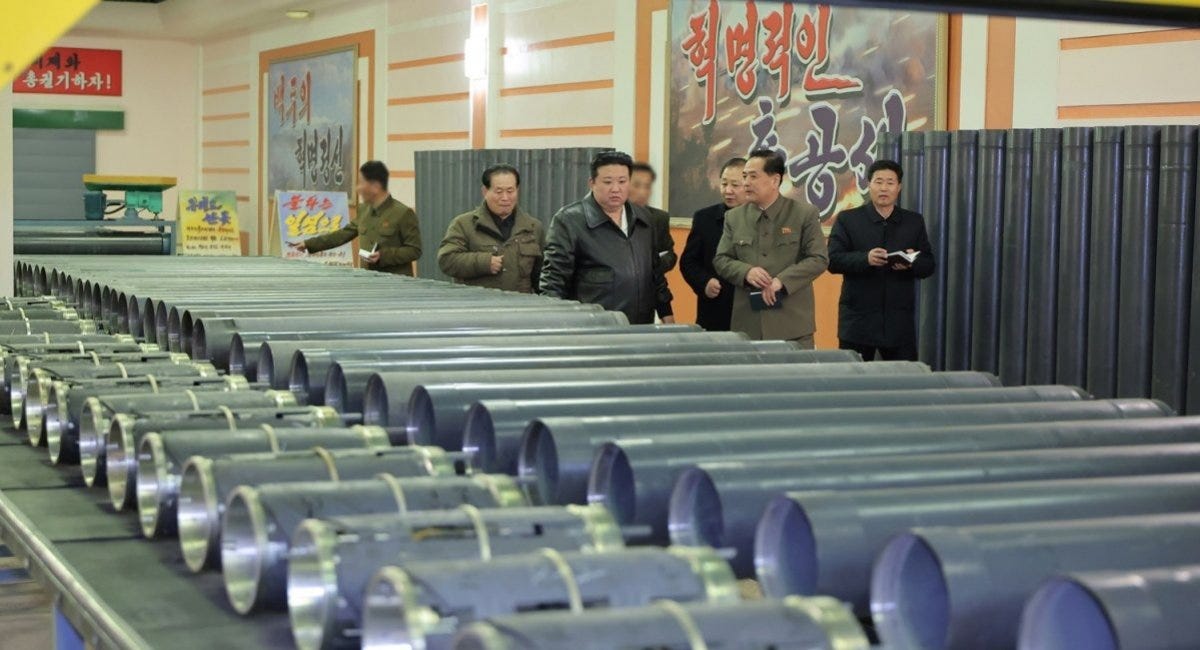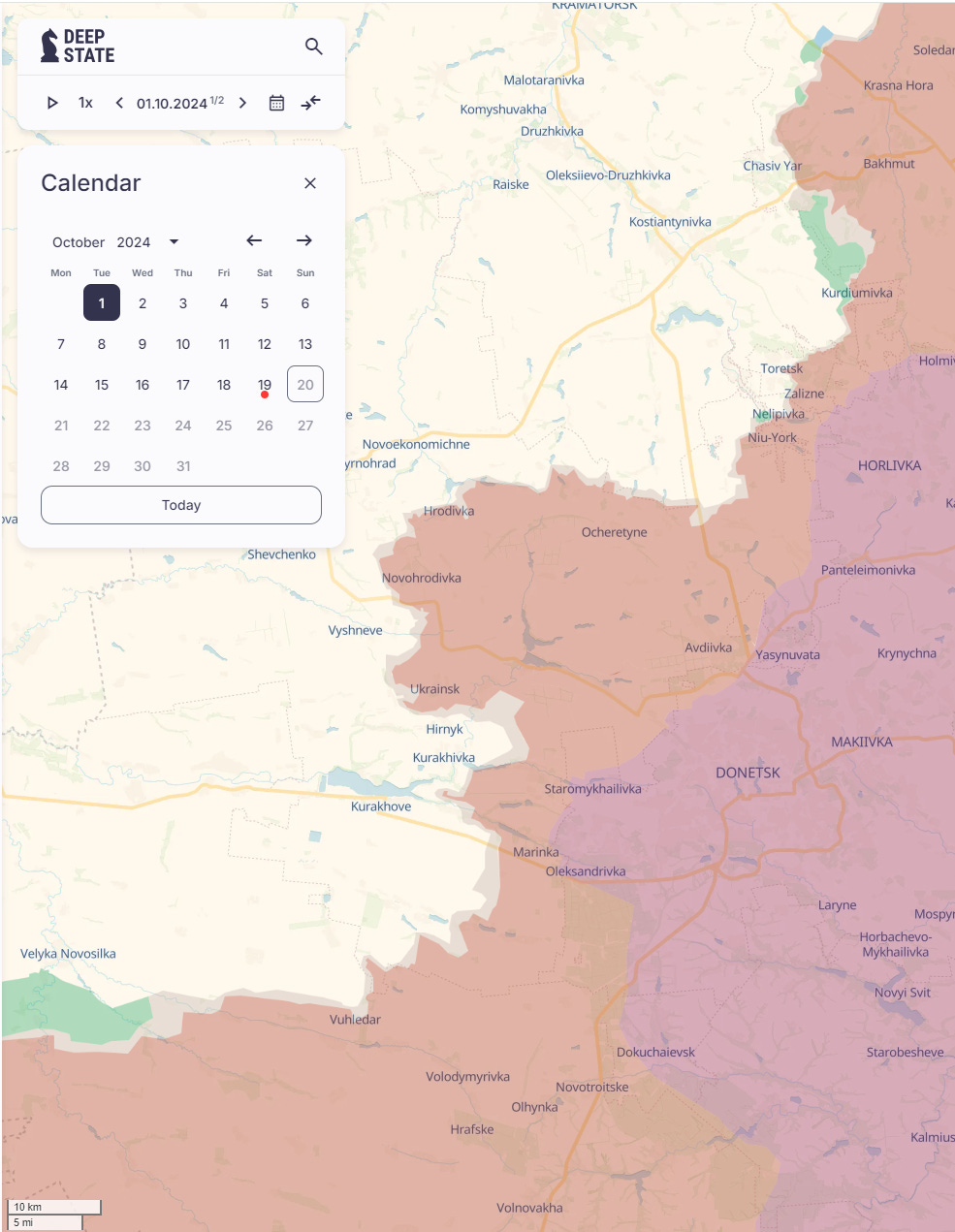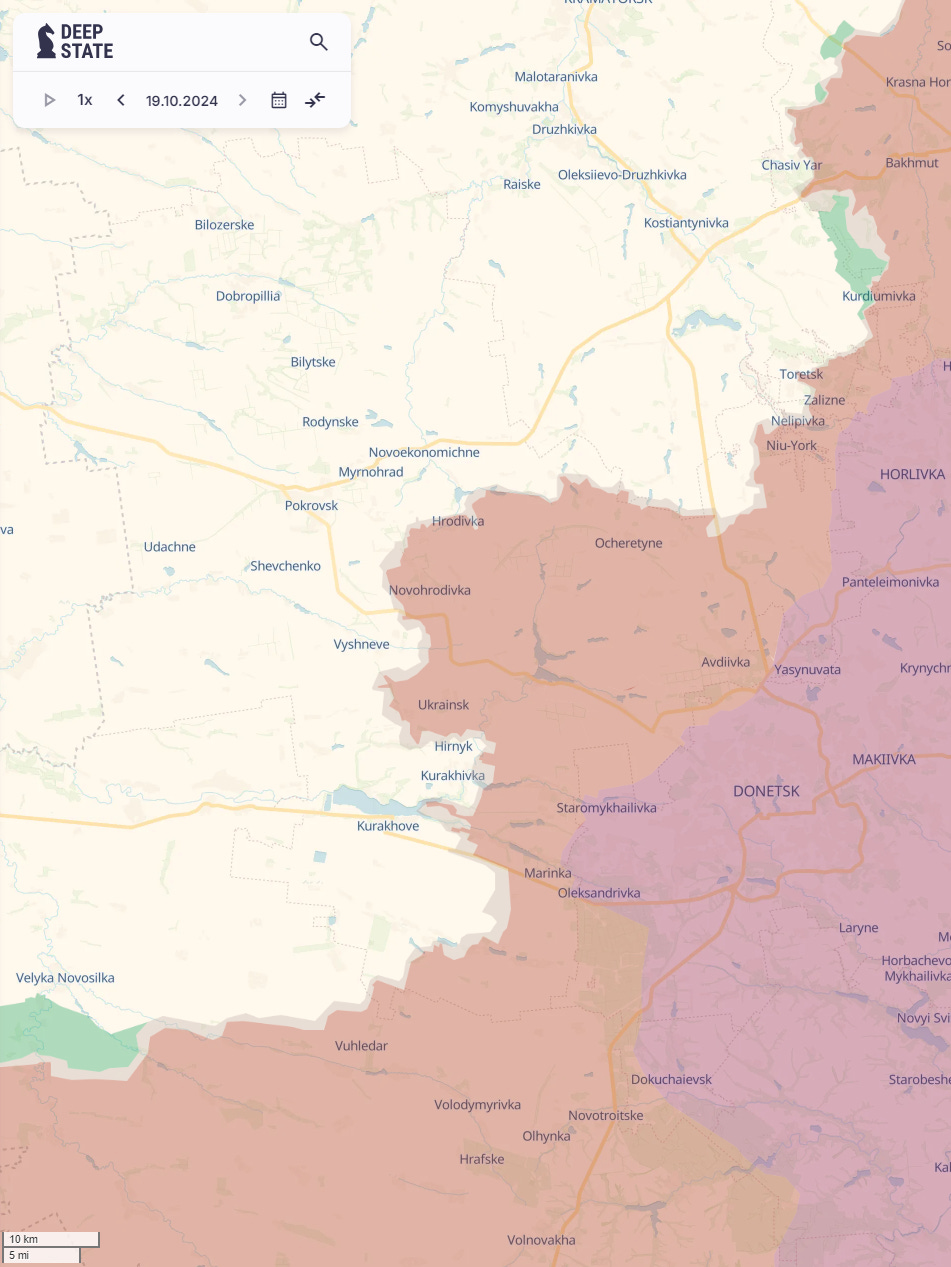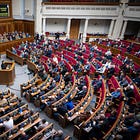Its now been three weeks since the Ukrainians evacuated Vuhledar. Russian advances have slowed markedly since. The distance from Avdiivka to Pokrovsk is 45 kilometres/30 miles. Avidiivka fell on 15 February. So in more than 8 months, the Russians have advanced 20 miles. That is far less than a mile a week. The real problem is continuing to limit Ukraine to fight this grinding, exhausting battle. Its playing to Russian strenghts and away from Ukrainian successes. Even then, Russian forces are making extremely small advances. That North Korean troops might be at first deployed in Kursk against the Ukrainian salient—is deliberately a laugh at Ukraine’s backers and their strange escalation linesNot much has changed in any material sense in this war for many months—tiny increases or decreases in pace, but that’s about it. And finally, President Zelensky publicly announced his Victory Strategy this week—though whether it has any chance wont be known for a few weeks. Its up to Washington as much as Ukraine.
The story of North Korean troops potentially fighting for Russia in one encapsulates how stories of this sort have been regularly reported in this war. For a while now there have been reports that North Korean troops, in some form, were in or around the front lines supporting the Russian war effort. , Ukrainian sources started to claim that North Korean combat troops were being prepared to join the war on Russia’s side or even that some had been killed in the fighting. The response from Washington was to damp down any sense of crisis. The New York Times reported that while there might be North Korean engineers in Ukraine, large scale deployments of combat troops looked to be a ways off. It seemed, as always, that the US sources were trying to undermine Ukrainian claims.
The Ukrainians, however, almost immediately double-downed on the claims. Both Zelensky and Budanov last week publicly stated that large numbers (10,000+) of North Korean troops were being readied to enter direct combat against Ukraine.
Then the South Koreans added a great deal of credibility to the Ukrainian claims, by having their intelligence services let the press know that they believed North Korean forces were being readied for combat.
This South Korean move really emboldened the Ukrainians, and government sources, including Andriy Kovalenko, the head of Ukraine’s Center for Countering Disinformation, claimed publicly that North Korean troops were already in Ukraine in some form.
"The Ministry of Defense of South Korea says that North Korea will send military personnel to Ukraine. They have already sent some. I mentioned that North Korean military personnel, in limited numbers, mainly engineers, are overseeing the quality and use of Pyongyang's weapons by the russian army. Some have already been killed.
Finally, on Friday, Ukrainian Strategic Communications released videos of North Korean forces getting their Russian uniforms and equipment in preparation for going to war (which included the still picture above).
So at this point the evidence looks very strong that North Korean combat troops will soon be fighting against Ukrainian troops somewhere. And not just any troops—supposedly we are talking of the best troops in the North Korean army. Now we need to be careful—they are almost certainly neither trained nor equipped to reach the standard of an excellent NATO force—letter alone special force. That being said—whats important is that they are the best that North Korea can offer. And they are being sent to fight for Russia.
There is some talk that they might be at first deployed in Kursk against the Ukrainian salient—if so its deliberately a laugh at Ukraine’s backers and their strange escalation lines. At this point there is one front line, and it should not make a difference where they fight.
Of course, the political move of deploying such forces in Russia might indeed allow Washington and other friendly governments to downplay their importance. Its worth noting that the UK Prime Minister, Keir Starmer, tried to present what was happening in the most benign light. Instead of stressing the appearance of North Korean forces as an indication that Russia will escalate in any way it wants to try and win and that Europe is now becoming the war-ground for forces from around the world—he turned around and actually tried to minimize its strategic importance, by claiming it was a sign of Russia’s desperation.
It certainly is a sign that Russia does not have limitless resources of manpower (which it sometimes seems if you read the press). However the importance of the move is not that its desperate, its that it confirms the utter and complete failure of American and leading European states’s policy of trying to micro-manage the war by limiting the aid Ukraine is given—and what Ukraine can do with that aid. I wont rehash all that here (regular readers of this substack will know its been a repeated subject for more than two years), but the length and destructiveness and, dare we say it one-sided escalation pattern, of this war is down mostly to the way in which aid to Ukraine has been constrained.
It also highlights two more things. First, the creators of this policy will do anything possible not to admit their failure. They have helped create a situation where large-scale forces from North Korea will soon be deployed to fight a war with Europe. And that is only the last in many steps whereby destructive outside influences have been allowed a free hand to devastate Ukraine. North Korea has supplied Russia with massive amounts of artillery shells. In June it was estimated by South Korean intelligence that North Korea had shipped upwards of 5-million artillery shells to Russia.
That would mean that North Korea probably provided Russia more than half the artillery ammunition Russia would have fired in 2024, and about the equivalent of 2 years production at present Russian rates. Its an extraordinarily large number of shells—far more than the US has provided Ukraine. If there was an American or European plan to deter aid for Russia, it has failed utterly in this case, as it has in the Iranian.
The second thing, is that North Korea is a better ally for Russia than most of Ukraine’s partners have been for Ukraine. There is no attempt by the North Korea to manage the war, or control Russia, they have provided pretty much everything they possibly could have provided—and undoubtedly benefited a great deal as well. My guess, and its a guess, is that we will soon see some pretty impressive improvements in North Korean nuclear weapons delivery systems. Another policy failure in the way that this war has been handled.
So here we are, 32 months after the full-scale invasion of Ukraine, and Russia is receiving massive augmentation to its war-fighting by outside powers. And yet, when something smaller scale is contemplated for Ukraine, it leads to panic. Six months ago, Jahara Matisek, Alex Crowther and I wrote a piece in Foreign Affairs calling for European forces to be deployed openly into Ukraine to do things far less aggressive than what we should soon see from North Korea. This included providing defense against Russian missile and drone attacks (Russia now has access to Iranian and North Korean missiles and drones) and training. At the time it was considered dangerously provocative.
Now Russia goes far beyond this with its allies—and Ukraine’s partners downplay it. If you want to see a failing policy, its staring all of us in the face.
Russian Micro Advances
Its now been three weeks since the Ukrainians evacuated Vuhledar and we were told that Russia had seized a(nother) strategic city. Well here is the map today encapsulating the Donbas area of the greatest fighting.
Here is the Deep State map the day Vuhledar was taken by the Russians (scale at the bottom)
And here is the map today.
If anything, Russian advances have slowed markedly since Vuhledar. They are maybe a few hundred yards closer to Pokrovsk or Kurakhove. Actually, the greatest Russian successes have been in taking back part of Kursk. So it might indeed be the case that the Ukrainian did draw off significant Russian forces from the Donbas. Of course, the reporting makes it seem that Russia is making smashing gains. This story from the BBC about the Pokrovsk front a week ago pretty much takes the cake.
Here is my favorite quote.
Since Russia captured the city of Avdiivka in February, the speed of its advance in the Donestk region has been swift.
Its hard to know what to make of that. The distance from Avdiivka to Pokrovsk is 45 kilometres/30 miles. Avidiivka fell on 15 February. So in more than 8 months, the Russians at their further extent have advanced 20-25 miles. That is far less than a mile a week—and in a very small area. And this is portrayed as “swift”?
The real problem we face is that we are continuing to arm and try to limit Ukraine to fight this kind of grinding, exhausting front-line battle. Its playing to Russian strenghts and away from Ukrainian successes. However, even then, Russian forces are making extremely small advances. Its not and never has been helpful to describe the slow and ponderous advances we have seen as swift or strategic, and yet we continue to see it.
Zelensky's Victory Strategy
This was the week that President Zelensky publicly released Ukraine’s 5-point victory strategy. You can read the text of the strategy here. It was an interesting strategy—and much of it was clearly geared to appeal to whoever becomes the next President of the USA. I wrote a piece about it the night it was released.
Since then, the expected has happened and there has been no sign from the US or Germany that the strategy will be supported. President Biden actually made a series of rather negative statements. While visiting Germany this week, Biden said that there was “no consensus” in favor of giving Ukraine long-range capabilities (a key part of the Ukrainian strategy). Here is an exact quote from a story about his statement.
Biden told reporters before departing Germany that there was no consensus for giving Ukraine long-range weapons that Ukrainian President Volodymyr Zelenskiy has been requesting from Western nations for months to conduct deeper strikes into Russia.
"Right now, there's no consensus for long-range weapons,"
It was part of a generally skeptical tone from Biden when it came to the specifics of any more aid for Ukraine.
So we are where we have been. Biden will do nothing more than he has done, Trump will do less—and the hope for Ukraine is that Harris wins and might consider more.

























0 comments:
Post a Comment